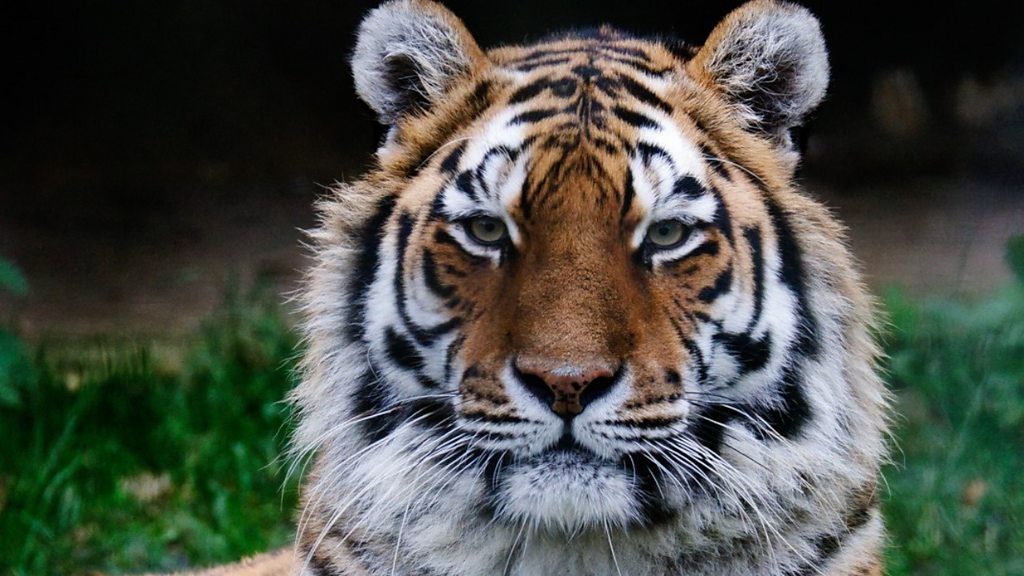
The Importance of Tigers in Conservation
Tigers are one of the world’s most iconic and endangered species, playing a crucial role in maintaining the ecosystem. Their declining populations due to habitat loss, poaching, and illegal wildlife trade underscore the need for conservation efforts. Marwell Zoo, situated in Hampshire, United Kingdom, actively contributes to tiger conservation, making it an essential topic for animal lovers and conservationists alike.
Marwell Zoo’s Commitment to Tigers
Marwell Zoo is home to several species of tigers, including the majestic Amur tiger. The zoo is committed to the preservation and well-being of these animals through breeding programmes, education, and habitat restoration initiatives. By providing visitors with the opportunity to observe tigers in a safe environment, Marwell Zoo raises awareness about the challenges faced by these magnificent creatures.
Recent Developments
In recent months, Marwell Zoo has made headlines with the birth of two Amur tiger cubs in early 2023. The cubs, celebrated for their significant contribution to the genetic diversity of the endangered Amur tiger population, are being closely monitored by the zoo’s dedicated staff. This successful breeding is a testament to Marwell’s efforts in creating a sustainable future for the species.
Visitor Engagement and Education
Marwell Zoo not only focuses on animal care but also engages visitors through educational programmes that promote tiger conservation. Interactive talks, behind-the-scenes experiences, and special events allow guests to learn about tiger behaviour, habitat, and the conservation challenges they face. By fostering a connection between the public and these animals, Marwell Zoo hopes to inspire the next generation of conservationists.
Conclusion: A Call to Action
The role of Marwell Zoo in the conservation of tigers is more important than ever. With ongoing threats to tiger populations globally, the zoo’s efforts in breeding, education, and habitat restoration highlight the importance of individual and collective action in wildlife conservation. Readers are encouraged to visit Marwell Zoo and support their initiatives, as each visit contributes to the ongoing fight for tiger survival and the preservation of biodiversity.
You may also like

Understanding the Importance of Monkeys in Ecosystems

The Lasting Legacy of Jane Goodall in Conservation
